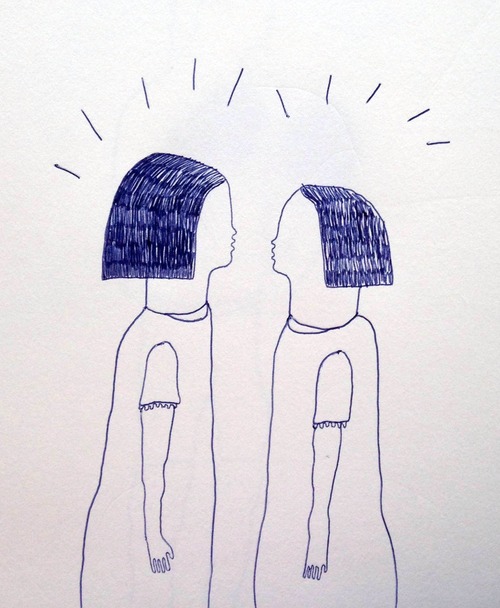
In this series five different writers talk to one writer about five (or more) of his different books. In this fourth interview, Amina Cain talks to Brian Evenson about Fugue State. Read the first interview with Colin Winnette, the second with Matt Bell, the third with Brian Conn.
Amina Cain in Conversation with Brian Evenson
Before sitting down with Fugue State for the first time, I got to hear Brian Evenson read the opening story of the book—“Younger”—at the Summer Writing Program at Naropa in 2005. I couldn’t get the story out of my head, or the way it began, already in conversation with something: “Years later, she was still calling her sister, trying to understand exactly what had happened.”
I was affected by how direct the language was—and how soothing—to tell this kind of story: a confusion of memory and perception between two sisters and a vivid, filmic scene from their childhood. But whatever I first felt the language (and narrative) was doing, it seemed to multiply until I was adrift in it too, this shared yet helplessly separate landscape of the sisters. All of the pieces that make up Fugue State are places as much as they are stories, like “In The Greenhouse” (here, place is a book or a character’s mind as much as it is a house surrounded by pines), and the reader enters them, though not to find any kind of resolution or protection.
The book brings us into contact with thinking itself, with a sense of terror that seems to multiply plainly, and with the most difficult kinds of truth.
—Amina Cain
I. DISORIENTATION
AMINA CAIN: One of the things I was left with after reading Fugue State was a profound sense of disorientation, of being lost. Many of the characters in the stories don’t understand what is happening to them or what is actually real. As a reader, and as a person, I often enjoy disorientation. What is your relationship to it? Is there something in it you find, not useful, but interesting or necessary as a place from which to write?
BRIAN EVENSON: I enjoy disorientation a lot too, though more as a reader than as a person, unless it’s recreational disorientation (I’m not that keen about getting lost in buildings, for instance, unless they’re very particular kinds of buildings). I think a good many writers see writing as something that helps them sort out and pin down the world, that allows them to organize it. I want my writing to do the opposite: to destabilize systems and orders and make everything seem a little less certain. There are various ethical and political reasons for wanting...
You have reached your article limit
Sign up for a digital subscription and continue reading all new issues, plus our entire archives, for just $1.50/month.
Already a subscriber? Sign in




